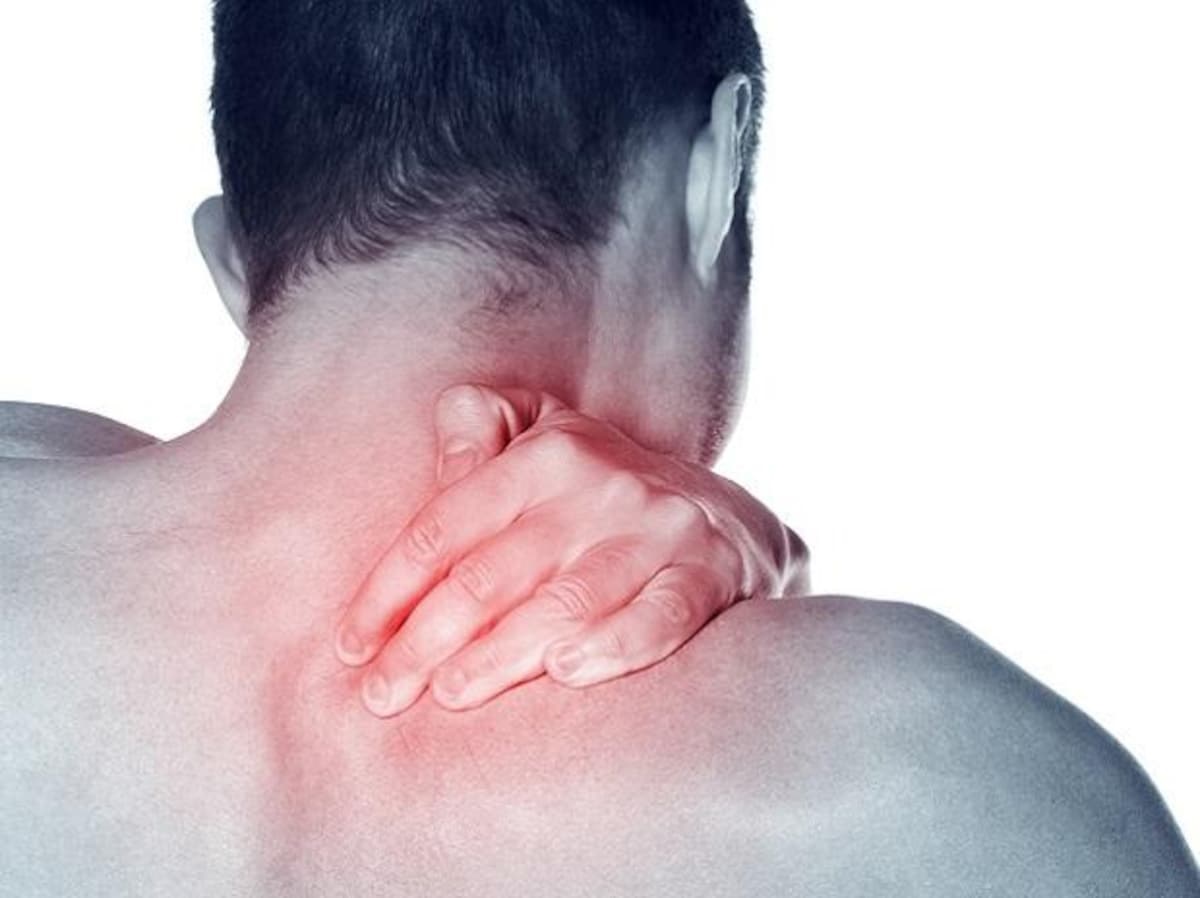
Shoulder instability is a condition described by the strange development of the humeral head inside the shoulder joint, prompting torment, shortcoming, and a feeling of the shoulder “getting out.” Whenever left untreated, shoulder instability can bring about repeating separations, constant torment, and restricted usefulness.
Non-Surgical Management:
Non-surgical treatment options are frequently prescribed for patients with gentle to direct shoulder instability or individuals who are bad candidates for a medical procedure.
- Rest and Activity Modification: Restricting exercises that irritate side effects and permit the shoulder to mend and recapture stability.
- Physical Therapy: Explicit activities and rehabilitation projects to fortify the muscles and tendons around the shoulder joint, further developing stability and scope of movement.
- Medications: Over-the-counter painkillers or endorsed mitigating medications to oversee torment and diminish aggravation.
- Bracing: Wearing shoulder support or sling to immobilize the joint for a brief time and advance mending.
Surgical Mediation
Non-surgical treatments neglect to mitigate side effects or in instances of serious shoulder instability, surgical mediation might be important. The decision on surgical procedure relies upon elements, the seriousness of instability, patient age, activity level, and hidden physical anomalies. Normal surgical options include:
Arthroscopic Stabilization
The arthroscopic medical procedure is an insignificantly obtrusive method that uses little cuts and a minuscule camera to envision and repair the harmed structures inside the shoulder joint. During arthroscopic stabilization, the specialist might fix or repair the extended or torn tendons and labrum utilizing stitches or anchors to restore stability.
Open Stabilization
In instances of serious instability or broad harm, open surgical procedures might be required. Open stabilization includes making a bigger entry point to get to the shoulder joint straightforwardly. This approach permits the specialist to repair or remake the harmed tendons and labrum utilizing stitches or joins, giving upgraded stability.
Bankart Repair
A Bankart repair is a surgical procedure performed to repair a tear in the labrum, a ring of ligament encompassing the attachment of the shoulder joint. The torn labrum is reattached to the attachment utilizing stitches or anchors to restore stability.
Capsular Shift
Capsular shift a medical procedure includes fixing the free shoulder container by collapsing and stitching it. This procedure assists with diminishing the abundance of laxity in the joint, improving stability.
Rehabilitation and Post-Surgical Care
Following surgical mediation, rehabilitation assumes a vital part in restoring shoulder strength, stability, and capability. A physical specialist will plan a customized rehabilitation program that incorporates activities to continuously expand the scope of movement, reinforce the muscles around the shoulder, and work on joint stability. Consistency with the rehabilitation program and persistent adherence to post-surgical directions are fundamental for fruitful recuperation.
Lifestyle Modifications and Prevention
To forestall future episodes of shoulder instability, certain lifestyle modifications might be suggested. These may incorporate staying away from exercises that put unreasonable weight on the shoulder joint, keeping up with legitimate posture, participating in normal strength and stability activities, and utilizing appropriate strategies during sports or physical exercises.



